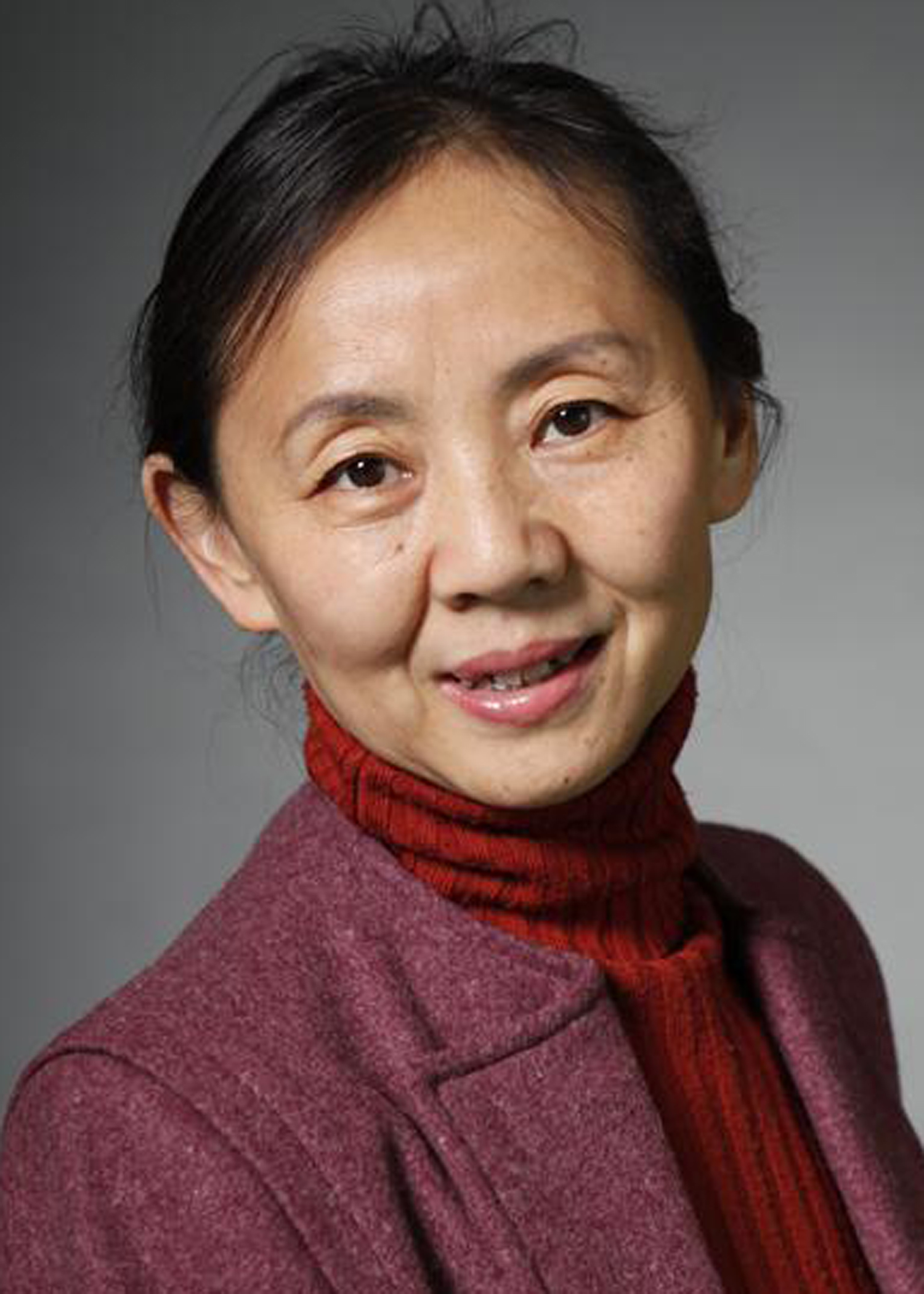Faculty
Ecology

YANPING GUO
Professor
Biodiversity, Ecology and Evolution
1981-1985, BSc, Henan Agricultural University, China
1985-1988, MS, Henan Agricultural University, China
2001-2004, Ph.D., University of Vienna, Austria
1988-1994, Assistant Professor, Henan University, China
1994-2001, Assistant Professor and Managing Editor, Institute of Botany, the Chinese Academy of Science
2005-present, Professor, Beijing Normal University, China
Research Interests
I work on plant evolution and systematics with emphasis on molecular systematics, phylogeography, speciation, and the developmental genetics of leaves and flowers. My primary research interest concerns hybrid and polyploid speciation in Eastern Asian yarrows (Achillea). Much of this work focus on analyzing patterns of variation, and the influence of polyploidy on homeologous gene expression and its phenotypic consequences. In recent years, I turn my interest into the evolutionary developments of leaves and flower-heads, especially with chrysanthemum and yarrows as study materials, and with focus on ecological factors that influence the regulatory pathways underlining leaf marginal shape.
Selected Publications
♦ Research Articles
1. Wan J-N, Guo Y-P*, Rao G-Y*. 2019. Unraveling independent origins of two tetraploid Achillea species by amplicon sequencing. Journal of Systematic and Evolution, doi: 10.1111/jse.12544.
2. Chen D, Ke J-X, Shen C-Z, Zhang Y-F, Guo Y-P*. 2019. Coexpression of parental homeologs of leaf dissection related genes are associated with intermediate leaf forms of two allotetraploid yarrows (Achillea, Asteraceae). Journal of Systematic and Evolution, doi: 10.1111/jse.12553.
3. Sha S, Chen D, Liu M, Li K-L, Jiang C-K, Wang D-H, Guo Y-P*. 2018. To be serrate or pinnate: diverse leaf forms of yarrows (Achillea) are linked to differential expression patterns of NAM genes. Annals of Botany, 121: 255–266. (doi:10.1093/aob/mcx152)
4. Chen J, Shen C-Z, Guo Y-P*, Rao G-Y*. 2018. Patterning the Asteraceae capitulum: Duplications and differential expression of the flower symmetry CYC2-Like genes. Frontiers in Plant Science, doi: 10.3389/fpls.2018.00551.
5. Ren J-B, Guo Y-P*. 2015. Behind the diversity: Ontogenies of radiate, disciform, and discoid capitula of Chrysanthemum and its allies. Journal of Systematics and Evolution, 53(6): 520–528. (doi: 10.1111/jse.12154)
6. Guo Y-P, X-Y Tong, L-W Wang, Vogl C. 2013. A population genetic model to infer allotetraploid speciation and long-term evolution applied to two yarrow species. New Phytologist, 199: 609–621. (doi: 10.1111/nph.12262)
7. Guo Y-P*, Wang S-Z, Vogl C, Ehrendorfer F. 2012. Nuclear and plastid haplotypes suggest rapid diploid and polyploid speciation in the N Hemisphere Achillea millefolium complex (Asteraceae). BMC Evolutionary Biology, 12: 2.
8. Ma J-X, Li Y-N, Vogl C, Ehrendorfe F, Guo Y-P*. 2010. Allopolyploid speciation and ongoing backcrossing between diploid progenitor and tetraploid progeny lineages in the Achillea millefolium species complex: analyses of single-copy nuclear genes and genomic AFLP. BMC Evolutionary Biology, 10:100.
9. Guo Y-P, Saukel J, Ehrendorfer F. 2008. AFLP trees versus scatterplots: evolution and phylogeography of the polyploid complex Achillea millefolium agg. (Asteraceae). Taxon, 57: 153–169.
10. Guo Y-P, Vogl C, Loo M van, Ehrendorfer F. 2006. Hybrid origin and differentiation of two tetraploid Achillea species in E Asia: molecular, morphological and eco-geographical evidence. Molecular Ecology, 15: 133–144.
11. Guo Y-P, Saukel J, Mittermayr R, Ehrendorfer F. 2005. AFLP analyses demonstrate genetic divergence, hybridization, and multiple polyploidization in the evolution of Achillea (Asteraceae-Anthemideae). New Phytologist, 166: 273–290.
12. Guo Y-P, Ehrendorfer F, Samuel R. 2004. Phylogeny and systematics of Achillea (Asteraceae-Anthemideae) inferred from the nrITS and plastid trnL-F DNA sequences. Taxon, 53: 657–672.
♦ Reviews
1. J-X Ke, D Chen, Y-P Guo*. 2018. Designing leaf marginal shapes: Regulatory mechanisms of leaf serration or dissection. Biodiversity Science, 26: 988–997.
Contact Information
College of Life Sciences,
Beijing Normal University,
Beijing 100875,
P. R. China
Tel. : +86-10-58809899
E-mail: guoyanping@bnu.edu.cn


